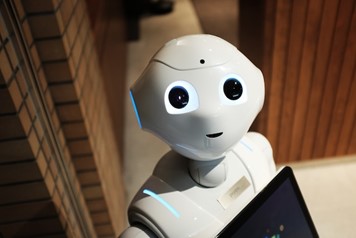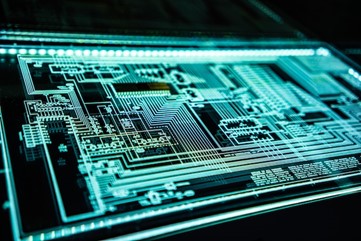Each year, the Consumer Electronics Expo showcases the best and brightest — and most futuristic — technology trends.
In need of a larger TV? How about LG’s 97-inch wireless OLED TV? Waiting for the latest virtual reality/augmented reality headset? There’s the $1,099 HTC Vive XR Elite, which is significantly smaller and lighter than previous headsets.
The gadgets are astonishing, but CES is more than just gimmicks and flash-in-the-pan technology that will likely become obsolete sooner rather than later. John Myungjune Kim says that it’s a clear look at the remarkable technological innovations that show that the future is now.
The Power of AR, VR, and AI
Augmented reality, virtual reality, and artificial intelligence aren’t new concepts in 2023, but their influence on current technology and the promise they all show for future applications are now hard to ignore. Expect AR and VR to evolve further this year and become omnipresent in education, gaming, and job training.
AI, along with machine learning, is also expected to be used significantly in both existing and new technologies, especially within computer vision, business analytics, and the processing of natural language. No-code AI with simple interfaces is also expected to be adopted by many companies, leading to more intelligent services and products this year and beyond.
Smartphones are Back
During the COVID-19 pandemic, sales of smartphones decreased in part due to a hold on shipments and the high cost of materials. In 2022, sales were down nearly 10% compared to 2021.
They’re poised for a comeback. In 2023, an estimated 2.4% growth in smartphone sales will equal 1.2 billion shipments. Part of what’s driving better sales is more accessibility to once-expensive technology, such as 5G and broadband speeds, as well as intriguing new trends, including foldable phones.

Human-like Robots
Robotic technology makes giant leaps year after year, but 2023 appears to be a breakthrough year in which robots are more like humans than ever before.
And it’s not just their appearance. Advanced technology has led to the creation of robots as effective companions for seniors, concierges, and bartenders, as well as those who have the ability to manage logistics and manufacturing rates alongside human workers.
Robots are already a $6.81 billion industry. It’s expected to reach $22 billion by 2027, thanks to such products as smart vacuums and investments in robots from such companies as Dyson, which recently announced that it will build the United Kingdom’s largest robotics research center.
Immersive Interfaces
Soon, it won’t be enough to just give technology commands with our own voice. Immersive interfaces will allow people to use perceptions and senses to interact with daily technology, allowing for seamless communication between humans, machines, and all different forms of digital environments thanks to the recognition of emotion and touch.
Even Smarter Things
Increased battery life and enhanced algorithms are one thing, but machine learning will make a multitude of smart devices somehow even smarter in the coming years. Many such devices are close to running autonomously, such as self-driving cars. Still, smart TVs may soon know how to adapt sound and picture quality based on their environment or analyze owner habits to offer fitness advice.
